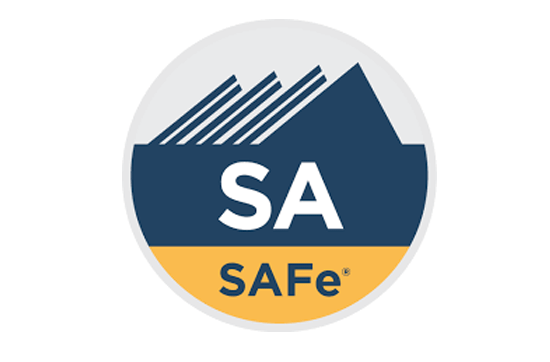Introduction
Scaled Agile Framework, also known as SAFe, is an enterprise-level development methodology developed by Scaled Agile, Inc. SAFe combines lean and agile principles in a template framework. Proponents of SAFe claim that it offers significant increases in employee engagement, higher productivity, faster time to market, and overall higher quality.
In this article, we will delve into what exactly SAFe is, how it is typically implemented, and the pros and cons of using the scaled agile framework methodology throughout the software development lifecycle. Let’s do it!
What is Scaled Agile Framework?
For a visual overview of SAFe, the Scaled Agile Framework home page flowchart is a great tool. However, to really understand how SAFe works, we need to take a closer look at some of the basic components.
SAFe draws heavily on the core principles of Lean and Agile, which it adapts to form the nine principles of SAFe LeanAgile:
- Think Economically: Delivering the best value and quality to people and society in the shortest possible time requires a fundamental economic understanding of the plant manufacturer’s mission.
- Applying Systems Thinking: At SAFe, systems thinking applies to the organization creating the system, as well as the system under development, and also how that system works in its end-user environment.
- Assume variability; Retain Options: Lean system developers retain multiple design requirements and options for a longer period of time in the development cycle. The empirical data is then used to narrow the focus, resulting in a design that produces better economic results.
- Incremental creation with fast, integrated learning cycles: Increments offer the possibility of rapid customer feedback and risk reduction and also serve as minimally practicable solutions or prototypes for market testing and validation.
- Basic Milestones for Objective Assessment of Working Systems: In LeanAgile development, each integration point provides a target milestone for evaluating the solution frequently and throughout the development lifecycle. This objective evaluation ensures that a continuous investment generates an adequate return.
- Visualize and limit WIP, reduce batch sizes and manage queue lengths: The three main keys to implementing flow are: 1) Visualize and limit work-in-process effort to limit demand to actual capacity, 2) Reduce batch – Work item sizes to facilitate reliable flow through the system and 3) manage queue lengths to reduce wait times for new skills.
- Apply Cadence, Sync with Cross-Domain Planning: Cadence turns unpredictable events into predictable events and accelerates development. Synchronization allows multiple perspectives to be understood, resolved, and integrated simultaneously.
- Unlock the intrinsic motivation of knowledge workers: Providing autonomy, mission, and purpose, and minimizing constraints, leads to higher levels of employee engagement and results in better results for customers and the company.
- Decentralized decision making: Decentralized decision making shortens lead times, improves the flow of product development, and enables faster feedback and more innovative solutions. However, some decisions are strategic, global in nature, and offer sufficient economies of scale to justify centralized decision-making.
The Agile Framework at Scale seeks to integrate the various lessons of Lean and Agile methodologies into its core principles, which are then used to make substantial improvements in time-to-market, employee engagement, quality, and productivity.
Agile Release Trains
An Agile Release Train, or ART, is a fundamental concept in the agile at scale framework. ART is SAFe’s primary method of delivering value. Agile teams are small groups of individuals who focus on defining, building, and testing solutions in a short period of time. An ART is a group of self-organizing, long-term agile teams (a team of teams, if you will), with the goal of planning, validating, and executing solutions together. Built around the organization’s key value chains, an agile release train exists only to deliver the value promised by creating solutions that benefit the customer.
The use of tools such as a common vision, roadmap, and program backlog and ART aims to achieve goals within a specific time frame, known in SAFe as program increments (eg a 10-week period).
SAFe Implementation
Given the size and scope of SAFe, proper implementation can be quite intimidating, especially in the beginning. Since a full explanation of how to implement SAFe would take tens of thousands of words – and because more detailed information is available on the official website – we will give a brief overview of the implementation here:
Train implementers: Due to the scope and challenge required when adopting from SAFe, most organizations require a mix of internal and external mentors and coaches. These people should be able to easily learn SAFe techniques and pass them on to others throughout the organization.
Educating Executives, Managers, and Leaders: The first group of implementers should first focus on educating all executives, managers, and leaders. Once these core team members understand the LeanAgile mindset, SAFe fundamentals, and implementation techniques, the process will flow much smoother for the entire organization.
Building teams: Individuals should initially be organized into agile teams, all of which can then be trained on the various Lean, Agile, and SAFe principles.
Launch Agile Release Trains: Once the organization is properly formed, it’s time to group Agile teams into ART and then generate models for objective planning, program execution, program planning, program increment, and any other components needed for a successful Agile Train release.

